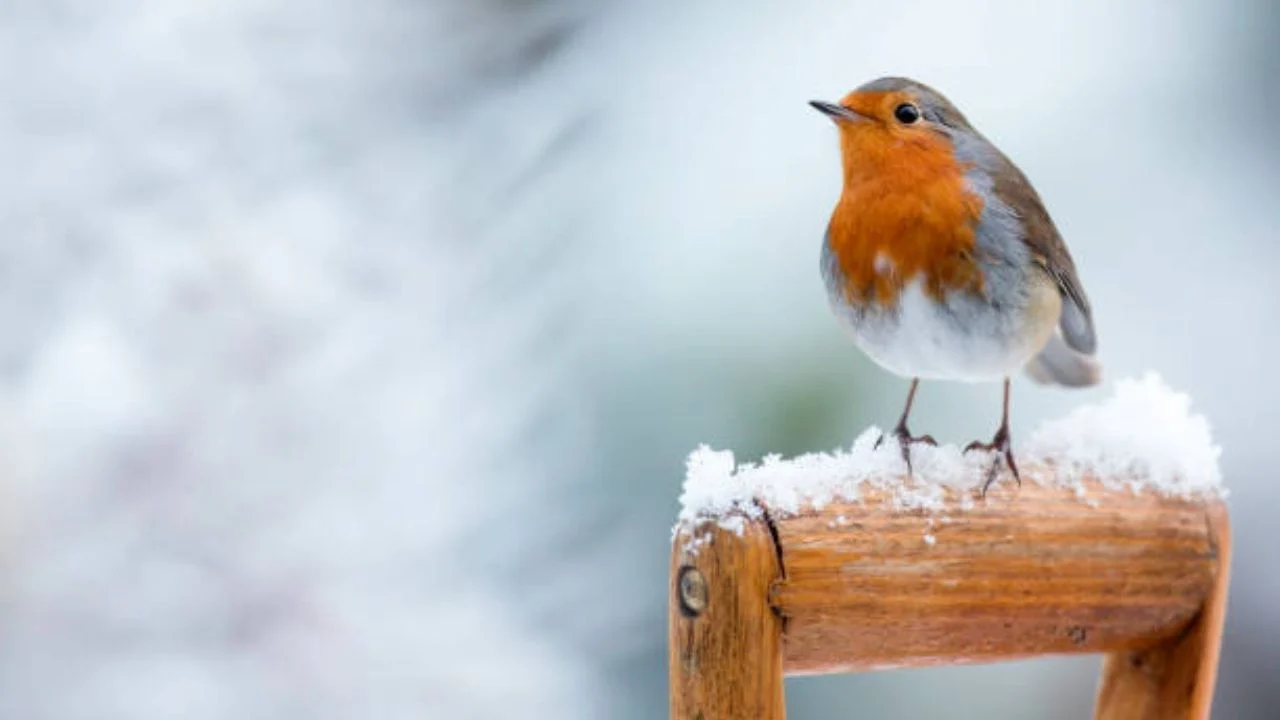
Climate change is reshaping bird behavior in unexpected ways. A new study reveals that most American robins no longer fly south for winter. This dramatic shift is happening across the northern United States.
“We’re witnessing evolution in real-time,” says Dr. Maria Santos, lead researcher at the Cornell Lab of Ornithology. Her team tracked 2,500 robins over five years. The results show a clear change in migration patterns.
The study found that 67% of robins now stay put year-round. This is up from just 10% in the 1960s. Warmer winters and increased urban food sources drive this change.
Dr. James Chen of the National Audubon Society shares surprising findings. “These birds are teaching themselves new survival skills. They’re finding winter food in cities and suburbs.”
Citizen scientists helped track this behavior change. Their data shows robins forming new winter feeding habits. The birds now eat different berries and visit more backyard feeders.
“We’re seeing robins adapt faster than expected,” explains wildlife biologist Dr. Sarah Thompson. “They’re learning to find food in snow. They’re using heated bird baths. They’re gathering in larger winter flocks.”
Urban development plays a key role. Cities create warm pockets called heat islands. These areas stay 5-10 degrees warmer than surrounding regions. This helps robins survive without migration.
Local bird watcher Emily Martinez documents these changes. “Our robins used to disappear in October. Now they stay all winter. They visit our yard every day.”
The birds face new challenges by staying north. They need reliable food sources. They must find shelter from storms. Yet they’re proving remarkably adaptable.
“Robins are teaching us about climate resilience,” notes Dr. Thompson. “Their success shows how species can adapt to rapid change.”
Bird experts recommend helping winter robins. Keep bird baths heated. Plant native berry bushes. Maintain fruit trees. These actions support the birds’ new lifestyle.
This behavioral shift affects entire ecosystems. Other bird species watch and learn from robins. Scientists predict more birds may follow this trend.

